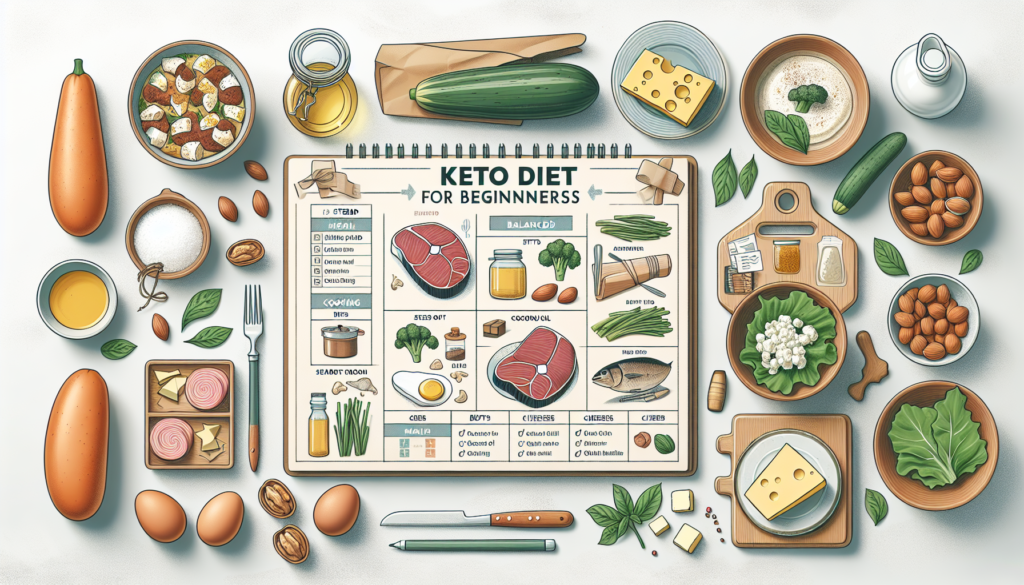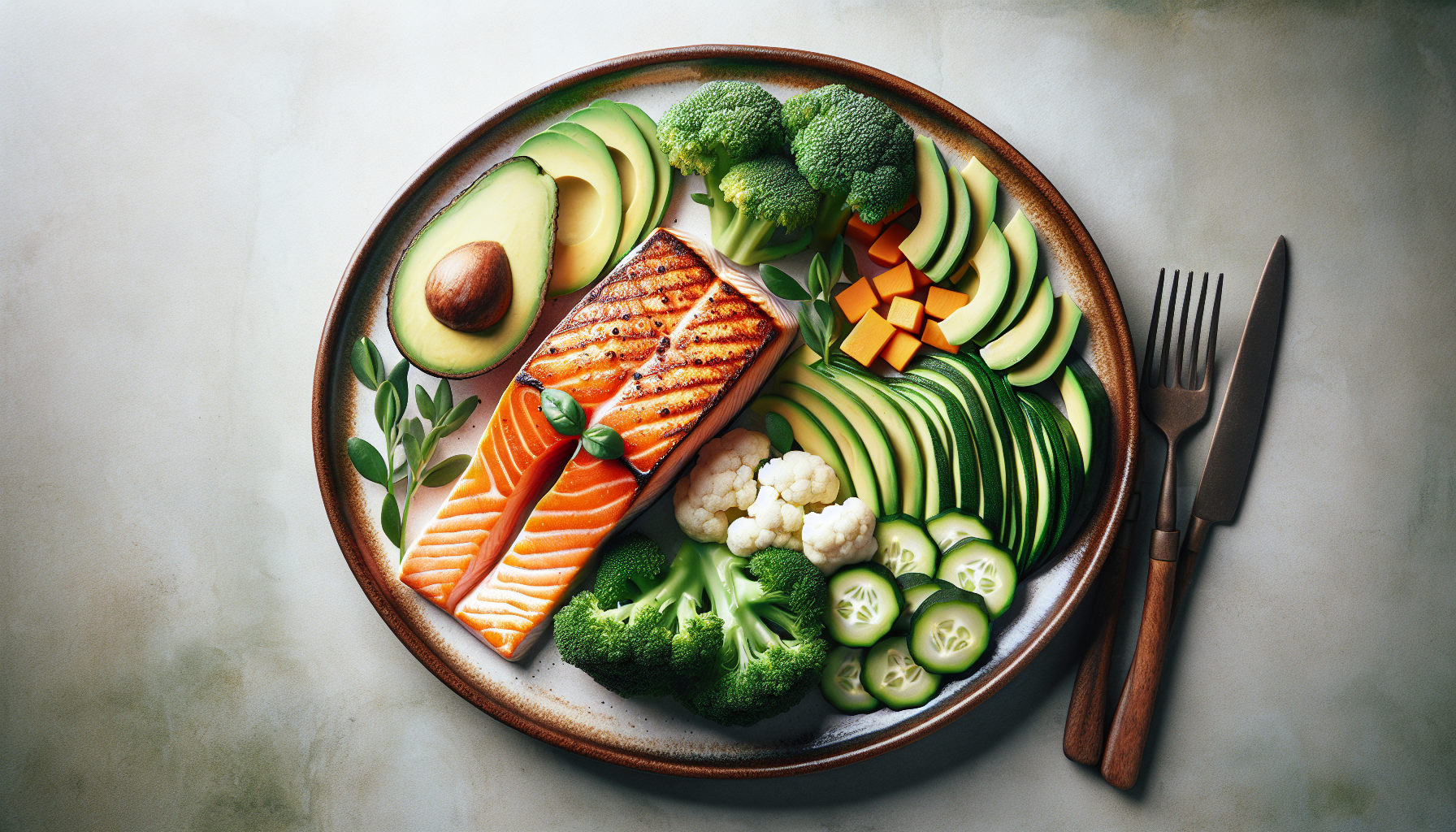Are you ready to embark on a journey towards a healthier lifestyle with the keto diet? Look no further than “The Ultimate Beginner Keto Guide: Creating Effective Meal Plans and Cooking Tips.” This comprehensive guide is designed to provide guidance for beginners, tailoring the keto diet to specialized dietary needs and approaches, enhancing health and performance, integrating keto into daily life, combining keto with other diets and practices, and addressing special circumstances such as keto during pregnancy. Whether you’re just starting out or looking to deepen your understanding and application of the keto lifestyle, this guide has you covered. Get ready to achieve effective and sustainable results with the ultimate beginner keto guide.
Creating Effective Meal Plans

Understanding Macronutrient Ratios
When creating an effective meal plan on the keto diet, it’s essential to understand macronutrient ratios. The keto diet focuses on consuming high amounts of fat, moderate protein, and very low carbohydrates. The ideal macronutrient ratio for keto is typically around 75% fat, 20% protein, and 5% carbohydrates. This ratio helps your body enter a state of ketosis, where it burns fat for fuel instead of glucose. By understanding these ratios, you can ensure that your meal plans are optimized for ketogenic success.
Foods to Include in Your Meal Plans
When planning your keto meals, it’s important to include a variety of whole foods that are low in carbs and high in healthy fats. Some excellent choices to include in your meal plans are:
- Avocados: Loaded with healthy fats and fiber, avocados are a great addition to any keto meal.
- Meat and Fish: Opt for fatty cuts of meat like salmon, steak, and chicken thighs. They provide both protein and healthy fats.
- Low-Carb Vegetables: Leafy greens, broccoli, cauliflower, and zucchini are low in carbs and high in nutrients.
- Eggs: A versatile and nutritious keto-friendly food that can be incorporated into any meal.
- Nuts and Seeds: Almonds, walnuts, chia seeds, and flaxseeds are excellent sources of healthy fats on the keto diet.
Including a variety of these foods in your meal plans will help ensure you’re getting a good balance of nutrients while staying within your desired macronutrient ratios.

Meal Planning Tips and Strategies
To create effective meal plans on the keto diet, here are some tips and strategies for success:
- Plan Ahead: Set aside some time each week to plan your meals and create a shopping list. This will help you stay organized and ensure you have all the ingredients you need.
- Batch Cook: Consider batch cooking your meals in advance. This will save you time during the week and make it easier to stick to your meal plan.
- Focus on Simple Recipes: Keep your meal plans simple by choosing recipes with fewer ingredients. This will make meal prep easier and less time-consuming.
- Use Online Resources: There are many websites and apps that offer keto-friendly recipes and meal plans. Utilize these resources for inspiration and guidance.
- Stay Hydrated: Drinking enough water is crucial on the keto diet. Make sure to include water as a part of your meal plans and stay hydrated throughout the day.
By following these tips and strategies, you can create effective meal plans that support your keto lifestyle and help you achieve your health and weight loss goals.

Sample Keto Meal Plans
To give you an idea of what a keto meal plan can look like, here are a few sample meal plans:
Day 1:
- Breakfast: Avocado and Spinach Omelet
- Lunch: Grilled Chicken Salad with Olive Oil Dressing
- Snack: Celery Sticks with Almond Butter
- Dinner: Baked Salmon with Asparagus
- Dessert: Keto Chocolate Mousse
Day 2:
- Breakfast: Keto Pancakes with Sugar-Free Syrup
- Lunch: Caesar Salad with Grilled Shrimp
- Snack: Hard-Boiled Eggs
- Dinner: Beef and Broccoli Stir-Fry
- Dessert: Mixed Berries with Whipped Cream
These sample meal plans can provide you with inspiration and ideas for your own keto meal planning. Remember to adjust portion sizes and ingredients based on your personal preferences and nutritional needs.




